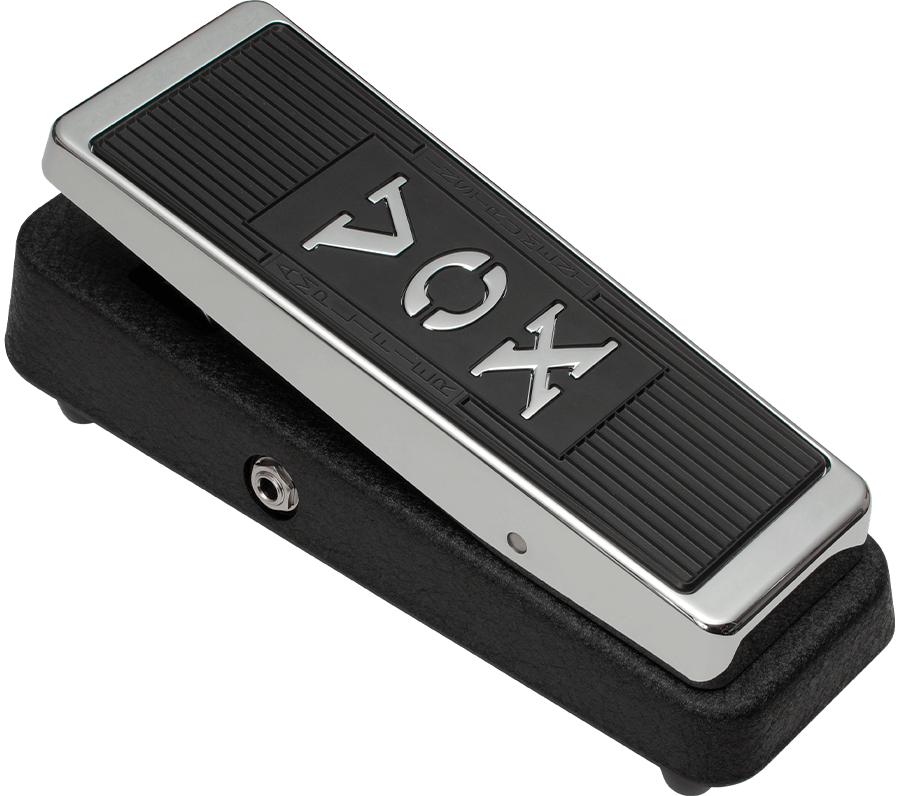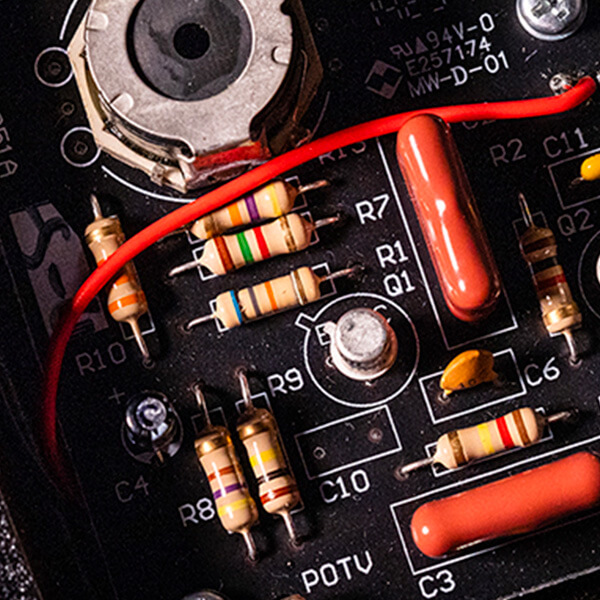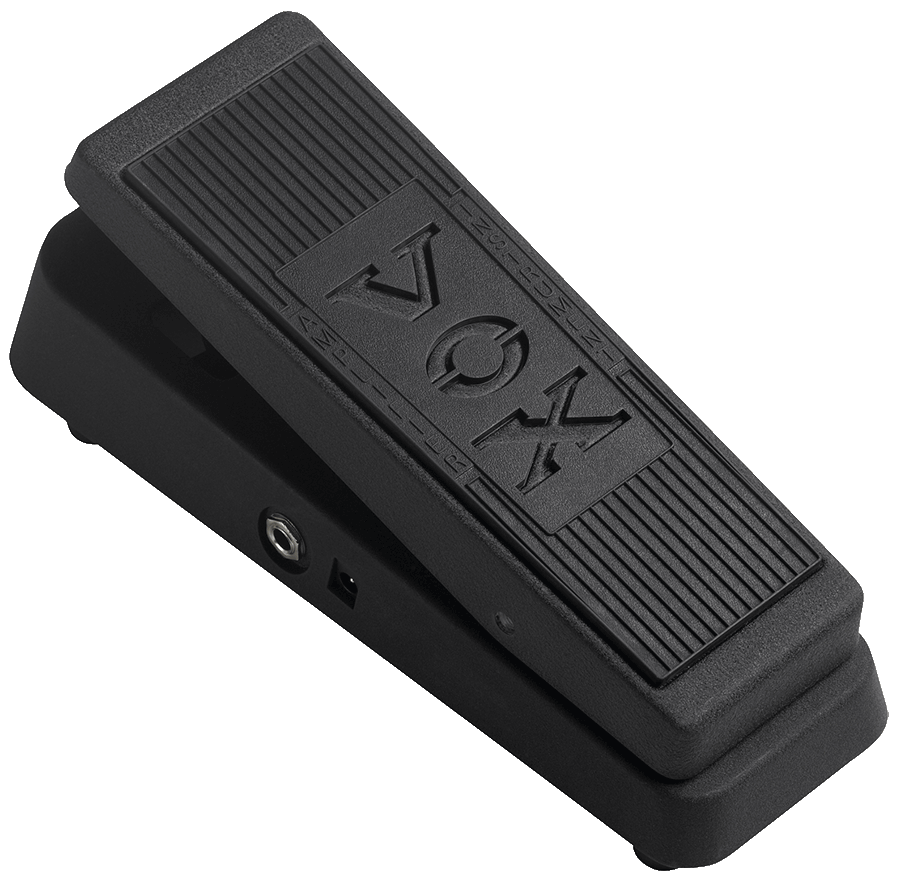
Inductors: The Crucial Component in Wah Technology
The “Halo” inductor stands as the quintessential element in the vintage wah. By meticulously analyzing the inductor characteristics of vintage units, we have successfully replicated the Halo inductor to incorporate it into our wahs. The V846 Vintage presents a more assertive tonal profile, characterized by an extended sweep range and heightened emphasis on high frequencies. It stands as the definitive rendition of the widely recognized wah-wah effect.

Potentiometer: An Integral Component in Wah Dynamics
The potentiometer, a variable resistor, is the pivotal element driving the wah sweep. When the potentiometer from the vintage unit was copied, meticulous adjustments were made to ensure a near-identical curve. The VRM-1 and V846 Vintage models employ distinct resistance values and curves.

Transistor: Precision in Component Matching
Employing the appropriate transistor, specifically the BC109 model with identical numbering and appearance as its vintage counterpart, delivered precise component matching. This configuration requires careful assembly due to the interaction with the bottom plate, an integral component of the transistor’s terminals. Despite the availability of similar transistors, the tonal variance observed when compared to 60s components required a custom circuit for tone adjustment.

Resistor: Navigating the Evolution of Resistive Elements
In guitar amplifiers, “carbon composite” resistors were once highly regarded. However, by the late ‘60s, “carbon film” resistors, cost-effective and consistent in quality, became standard. The VOX Wah, introduced in 1968, also adopted carbon film resistors. However, in the new VOX Wah pedals, larger 1/2W carbon film resistors are utilized to faithfully replicate the vintage Wah tonal characteristics. By moving away from chip resistors and 1/4W resistors, we can deliver an even more authentic sound.

Specifications

Videos




















